A Walk to Their Work
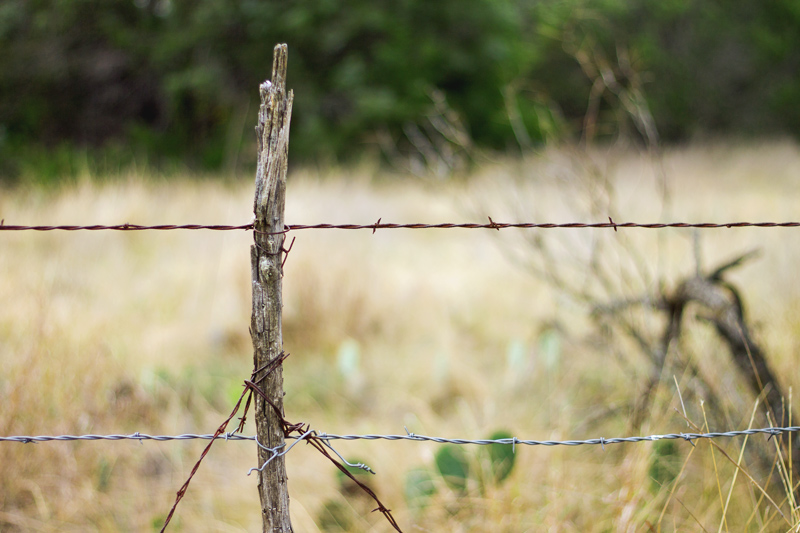
One of the greatest gifts we have been given through this agrarian pursuit is that, though the days may often be overflowing and quite long, they are nearly all spent together. When Daddy is working he is sometimes in his office, often out on the land, or a very short walk down our dirt road. But save the trips for groceries, laundry, and supplies, the seven us are usually all on the land.
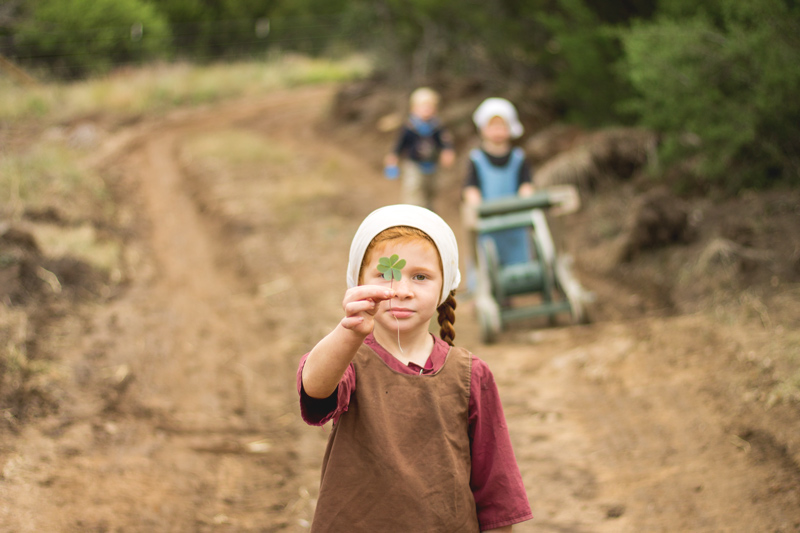
So while we wait for supper to finish cooking, the three littlest ones and I hitch up the “tractor” (an old hose reel) and stroll down to see how the work is coming along. Another blessing is that the boys are now old enough to help and so oftentimes one or both of them is down working on our neighbor’s fence or earth bag root cellar alongside Stewart.
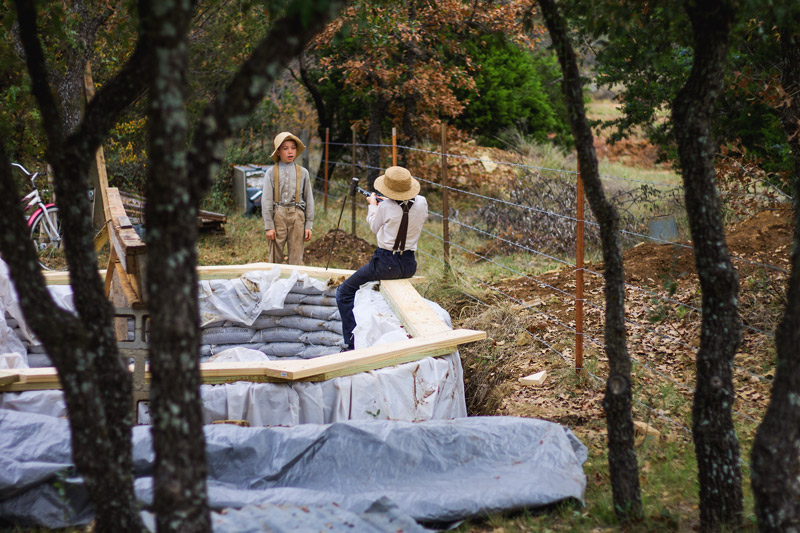
When we got to the work site we said our hellos and I found the boys pounding rebar while I tried not to worry about them walking across these planks. Stewart was laying planks, drilling holes, and cutting rebar. They work seamlessly, these three, and it hurts my heart a little to see these boys standing beside their father; growing into young men, even if just a little bit.

But then I remember the pot of lentils simmering on the stove and the little man and his sisters who are still very much little. So we tell them it will be about thirty minutes until supper and we head back down that dirt road. The girls pick grass for Mabel and we head in and set the table and quick pick a salad from the garden.
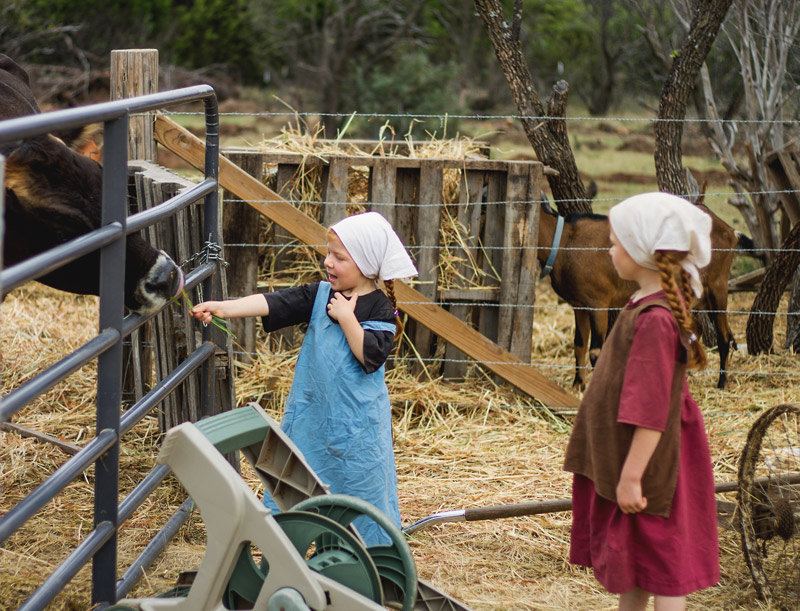
Like most nights, I break up a few squabbles, wipe up a lot of spilled milk, and try to stay awake long enough to finish the dishes, knowing that tomorrow might be exactly like today… and wouldn’t that be a privilege.



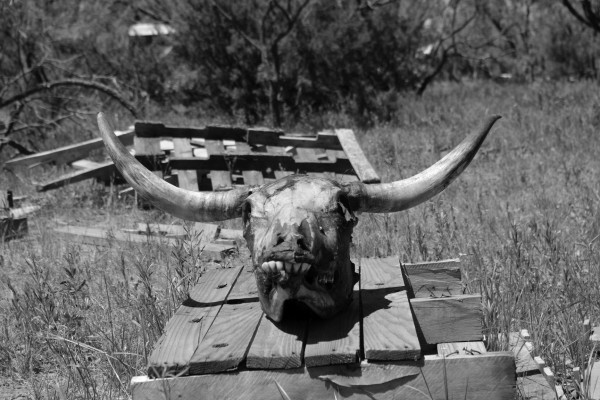
Will river cane grown where you live? I use river cane for tripods for my pole beans and I use it for making baskets and caning chairs. I use it green and also when it is dried out. When you get a pole (you can use them to fish as well), all you do is gently tap it and it breaks into sections that can be pulled apart in long threads and those are easy to use to weave. Some people actually eat the very young cane. Other than water, they require very little care.
Jeannie – I don’t know for sure about the river can but that is a great question! I will have to look into that as we are trying to grow more and more useful things here on the land. Though I wonder, with a name like river cane, does it require a lot of moisture?
I like the ending of this post.
Your blog is very inspiring, also as regards remembering God and His Mercy+Blessings.
Thank you for that.
Hi Alice!
Thanks for your comment! Yes, may God be praised for His unending mercies!
This was so beautiful. Just beautiful Shannon. Your family has captured my heart. I try to read everything you share. Wayne has been using your book to advise his vegetable fermentation efforts. We love your wise and succinct advice.
Kat – You are very kind. We have enjoyed sharing this journey with you and really appreciate your comments. And I am glad to hear the fermentation book is useful! Happy fermenting!
I don’t think it needs much moisture. Around here (AR) it grows around rivers, lakes, ponds, and anywhere else it is planted or it spreads. My friend grew it in a field and last spring she gave me a bunch of the cane to tripod my beans and I loved the cane…it’s light and doesn’t rot away and it grows very tall, so I was able to have my beans grow way up. I eventually got some green cane from her and some of the root bulbs and planted them and hopefully in two years, I will have enough cane to use for projects around here. River cane is really bamboo but it is native to AR and OK. Check into it and see if you can get your hands on some for free and decide for yourself.
Thank you, Jeannie, I will try to look into that!